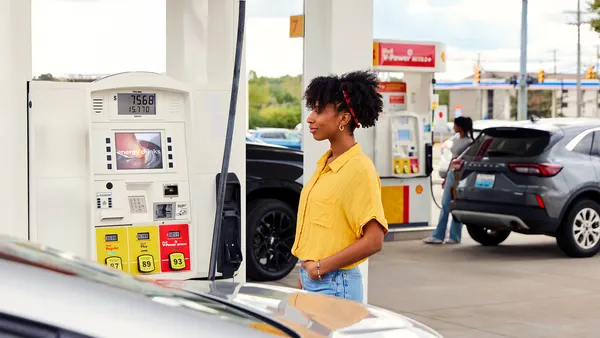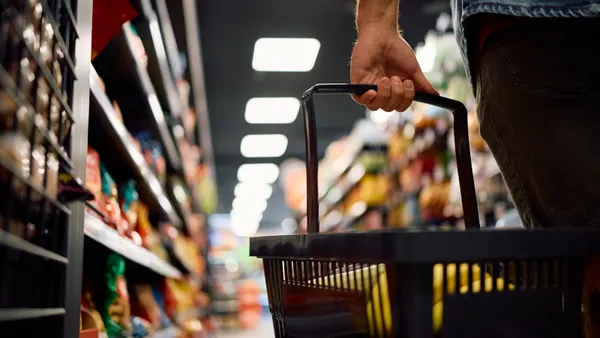Dive Brief:
- Digital ad rates have seen record-breaking trends in 2018, as investments in digital media continue to increase, according to findings from the Ezoic Ad Revenue Index revealed in a news release.
- This year, the index set record highs in May and then reached its highest index at 100 on June 29. In previous years, the index only saw record highs on Black Friday in late November, when ad rates are typically at their peak for a given year.
- The digital ad rates' upward trend is expected to continue in 2018. However, Ezoic's head of marketing Tyler Bishop predicts a dip in Q3, as it began on a Sunday and includes the Fourth of July holiday early on, per a statement in the release.
Dive Insight:
As marketers continue to shift their investments from traditional formats like TV and print to digital, there's more competition for digital ad inventory, which drives up prices. Ezoic's index findings are in-line with eMarketer research from March that found programmatic ad prices had been steadily rising over the past 12 months across desktop, mobile, apps and video. The increases varied from less than 1% to more than 10%.
Rising digital ad rates could be good news for publishers, because they potentially signal marketers are spending more to ensure transparency and that their ad dollars are going toward high-quality, viewable placements. Digital transparency has been a top concern for marketers as they increase their digital ad spend, and many have expressed growing frustration with Google and Facebook — the two largest digital advertising platforms in the world.
Facebook and Google have a combined share of digital ad spend projected to reach 56.8% in 2018, according to separate eMarketer research. But the duopoly's share is also expected to slip as they face fresh competition from Amazon and smaller social media players like Snapchat. AT&T's recent acquisition of the digital advertising platform AppNexus could help the telecom become a major player in the space.
Publishers are also trying to ramp up competition with the duopoly. New York Media, PopSugar and Rolling Stone all recently joined the Vox Media-operated digital ad platform Concert, where publishers can sell digital ads across 122 million unduplicated, unique visitors on 40 websites. Concert targets ads through broad categories, like women's lifestyle and sports, which could be a differentiating factor for marketers.
Facebook's average price per ad jumped 43% during Q4 2017, and analysts were predicting bigger increases after the platform introduced News Feed changes earlier this year that prioritized user posts over organic posts from publishers and brands.












